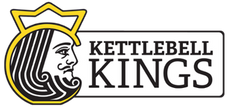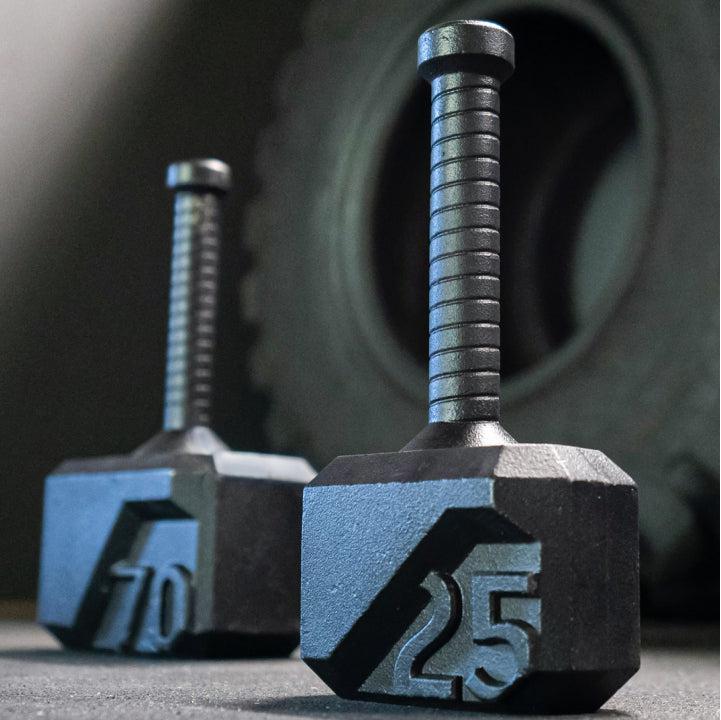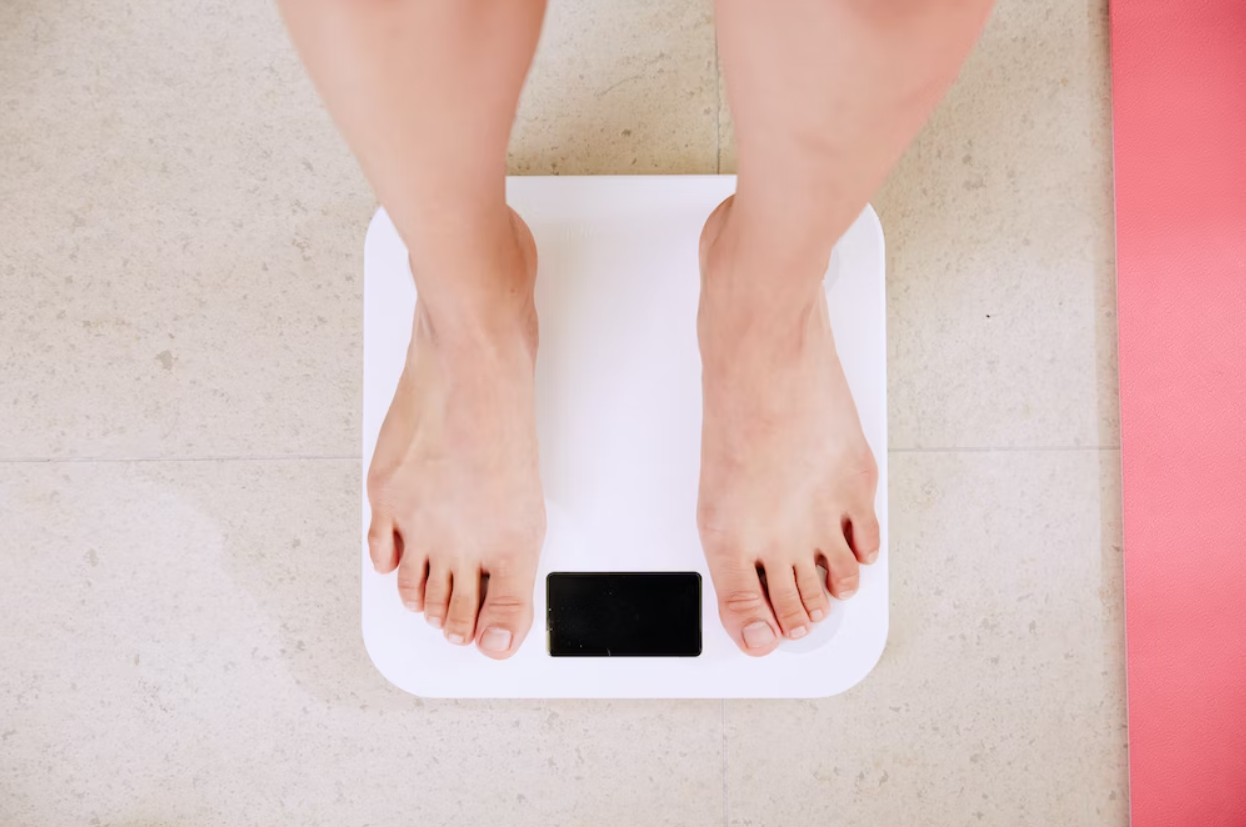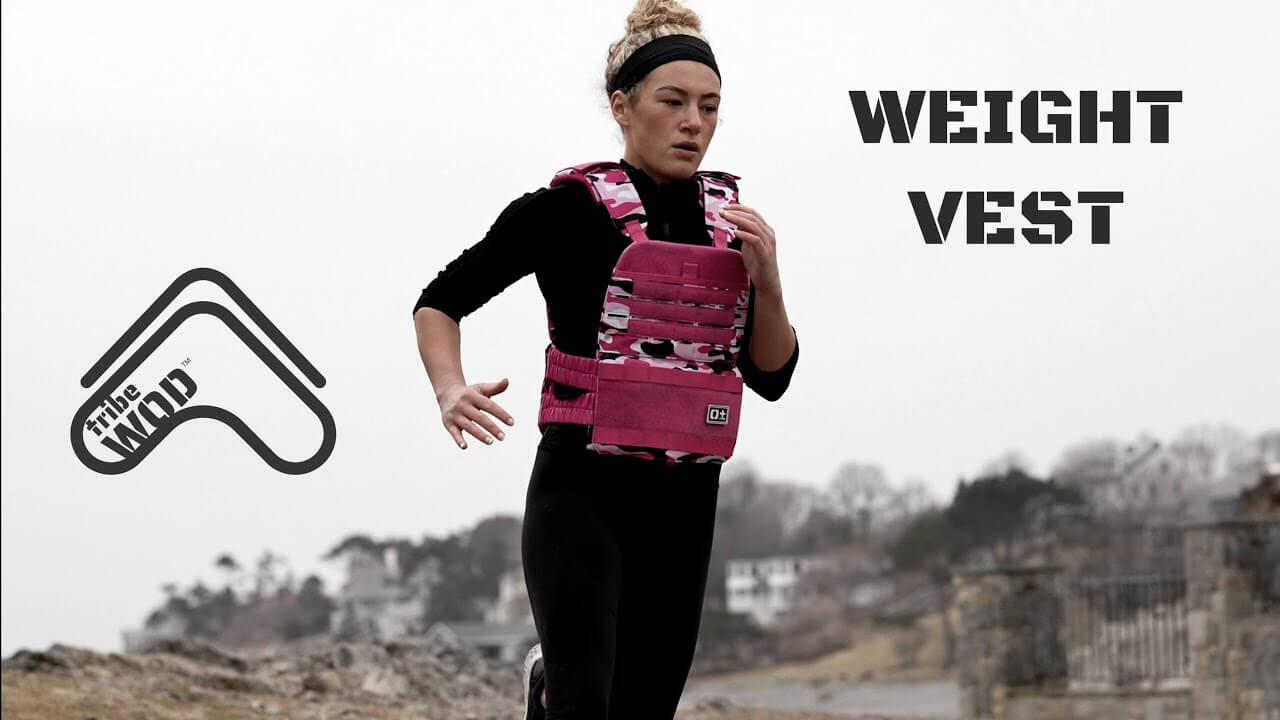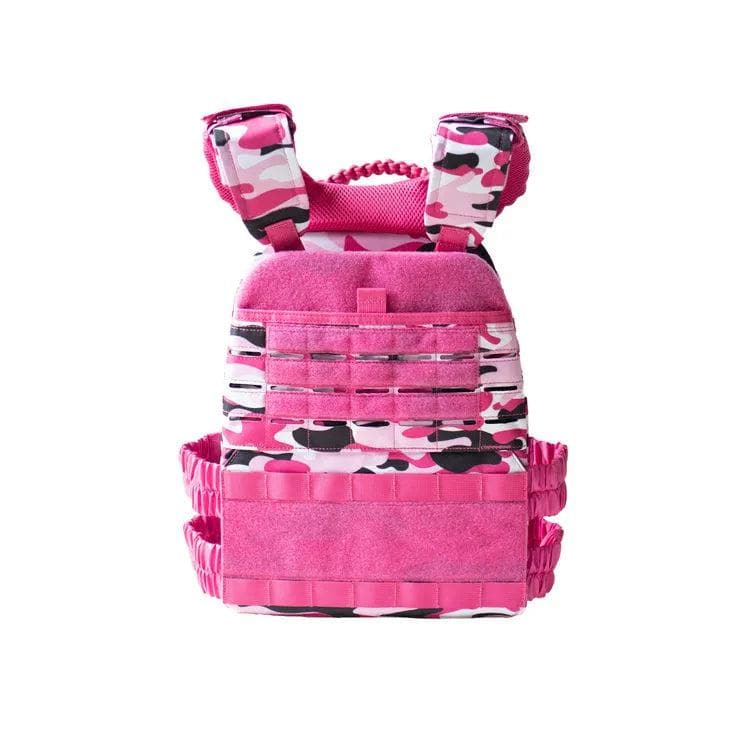In the evolving landscape of fitness, weighted vests have emerged as a dynamic accessory, transforming routine workouts into more challenging and rewarding experiences. With added resistance seamlessly integrated into their design, these vests have captured the attention of fitness enthusiasts seeking to elevate the effectiveness of their training sessions. This article aims to unravel the intricate connection between weighted vests and weight loss, offering insights into the scientific underpinnings of their efficacy, the array of benefits they bring to the fitness table, potential mechanisms for weight loss, and practical considerations that guide users in harnessing their full potential. Join us on a journey into the realm of weighted vests, where fitness meets innovation, and explore how this versatile accessory could be a key player in the pursuit of a healthier, fitter lifestyle.
How Weighted Vests Work
Weighted vests work by introducing additional resistance to the body during exercises. This added weight prompts the muscles to work harder, engaging more muscle fibres and increasing energy expenditure. This, in turn, enhances the intensity of workouts. For instance, during a simple bodyweight exercise like squats, incorporating a weighted vest adds resistance, requiring the muscles to exert more force to complete the movement.
To understand the impact comprehensively, consider the scientific principle of progressive overload. The gradual increase in resistance forces muscles to adapt and grow stronger over time. Weighted vests, by augmenting the load, play a crucial role in implementing this principle, contributing to improved strength and endurance.
Weight Loss Mechanisms
Starting to lose weight is like going on an adventure with many options to choose from, like different tools or ways to get there. But one important thing to focus on is understanding how your body loses weight. Knowing this can help you make smart decisions about what to do to get healthier and leaner. It's like having a map for your journey, guiding you to make the best choices for your fitness routine.
Weighted vests can help with weight loss by making your workouts more challenging. When you wear a weighted vest, it adds extra weight to your body, which means your muscles have to work harder during exercises like walking, running, or doing squats. This increased effort burns more calories and helps you lose weight faster. Additionally, wearing a weighted vest can also increase your heart rate during exercise, further boosting calorie burn. So, by incorporating a weighted vest into your workouts, you can make them more effective for weight loss.
What does Weighted Vest help with in your weight loss journey?
Adding a weighted vest to your workouts can supercharge your weight loss journey by making your exercises more effective. Here's how it helps:
Improved Cardiovascular Fitness
Wearing a weighted vest during cardiovascular exercises like running or brisk walking places an additional demand on the heart and lungs. Studies have indicated that this heightened cardiovascular demand may lead to improved cardiovascular fitness over time, as the heart works harder to pump blood throughout the body against the added resistance.
Increased Calorie Burn
The additional weight from the vest elevates the overall energy expenditure during workouts. This means that the body burns more calories to perform the same exercises compared to when no vest is used. This increased calorie burn can contribute to weight loss over time, especially when combined with a balanced diet.
A study published in the American Journal of Physiology investigated the impact of weighted vests on caloric expenditure during aerobic exercises. The findings suggested a significant increase in calorie burn when participants incorporated weighted vests into their routines, supporting the effectiveness of vests in enhancing energy expenditure.
Enhanced Muscle Strength
Weighted vests are particularly effective in engaging specific muscle groups, such as the core, legs, and back. This targeted engagement enhances muscle strength and endurance. For example, incorporating a weighted vest into bodyweight exercises like push-ups or lunges intensifies the workload on the muscles, promoting greater strength development.
Weighted vests contribute to muscle development and overall fitness. According to a study featured in the Journal of Strength and Conditioning Research, participants who incorporated weighted vests into their training exhibited notable improvements in strength and endurance. This is attributed to the additional load requiring muscles to work harder, resulting in enhanced athletic performance.
Caloric Expenditure
The use of weighted vests amplifies caloric expenditure during exercise. The body expends more energy to overcome the resistance, leading to increased calorie burn. Over time, this heightened calorie expenditure can contribute to weight loss when combined with a calorie-controlled diet.
Metabolic Rate
Research suggests that incorporating weighted vests into regular exercise routines may have a positive impact on metabolic rate. The body's metabolism is stimulated as it adapts to the increased workload, potentially leading to sustained calorie burning even after the workout session has ended.
A comprehensive review in the National Library of Medicine (examined the impact of incorporating weighted vests on metabolic rate. The study suggested a potential increase in post-exercise metabolic rate, indicating that wearing a weighted vest may contribute to sustained calorie burning even after the workout session.
Fat Loss
While studies on the direct promotion of fat loss through weighted vests are limited, the combination of increased calorie burn and enhanced metabolic rate may contribute to overall fat loss when used as part of a comprehensive fitness program.
When you wear a weighted vest during exercise, your body has to work harder, which means you burn more calories. Plus, over time, your metabolism can get a boost, helping you burn even more calories throughout the day. So, even though there might not be a direct link, incorporating weighted vests into your fitness program could still help you lose fat along with regular exercise and a healthy diet.
Tips for a Healthy Diet for faster results
In addition to incorporating a weighted vest into your workouts for weight loss, it's essential to focus on maintaining a healthy diet. Here are some key principles to keep in mind:
-
Balanced Nutrition
-
Portion Control
-
Hydration
-
Limit Processed Foods
-
Healthy Snacking
-
Mindful Eating
-
Regular Meals
- Limit Added Sugars and Saturated Fats
Be cautious of foods and beverages high in added sugars and saturated fats, as they can contribute to weight gain and negatively impact overall health. Instead, choose natural sweeteners like honey or maple syrup and opt for healthier fats found in avocados, nuts, and olive oil.
By combining regular exercise with a balanced and nutritious diet, you can maximise your weight loss efforts and achieve long-term success in reaching your fitness goals.
Types of Exercises with Weighted Vests
Cardiovascular Exercises
Running with a weighted vest adds resistance, increasing the demand on the cardiovascular system. To incorporate this into your routine, start with a lightweight vest (5-10% of body weight) and gradually increase as your fitness improves. Follow these steps:
- Securely fasten the vest to your body.
- Begin with a light jog, gradually increasing speed.
- Incorporate intervals of sprints for added intensity.
Strength Training
For strength training, consider exercises like weighted squats and weighted push-ups. Here's a step-by-step guide:
- Securely wear the weighted vest.
- Stand with feet shoulder-width apart.
- Lower your body into a squat position, ensuring your knees do not extend beyond your toes.
- Push through your heels to return to the starting position.
Considerations and Risks
Safety Precautions
To ensure safety, choose a weighted vest that allows for gradual adjustments. Start with a lighter weight and increase gradually. Always maintain proper form during exercises to prevent injuries.
Potential Risks
Prolonged or improper use of weighted vests can pose risks, such as increased stress on joints and the spine. Consult with a fitness professional before incorporating a weighted vest, especially if you have pre-existing conditions.
User Experiences and Testimonials
Real-life experiences further underscore the impact of weighted vests on weight loss. Mary, a fitness enthusiast, shares, "Incorporating a weighted vest into my daily walks made a noticeable difference in my fitness level. I felt more energised, and over time, I saw improvements in both my cardiovascular endurance and muscle tone."
John, a strength training enthusiast, adds, "Using a weighted vest during squats and lunges intensified my workouts. It challenged my muscles in ways I hadn't experienced before, leading to significant gains in strength."
These testimonials highlight the diverse positive experiences individuals have had with weighted vests, emphasising the adaptability of these accessories to different fitness goals.
Expert Opinions
Fitness professionals endorse the use of weighted vests when integrated appropriately into fitness routines. Sarah Johnson, a certified personal trainer, states, "Weighted vests are a valuable tool for clients looking to add variety and intensity to their workouts. However, it's crucial to start light, listen to your body, and progress gradually to avoid injury."
Despite these endorsements, some experts caution against excessive use, especially for individuals with joint issues. Dr. Smith, a sports medicine specialist, advises, "While weighted vests can be beneficial, individuals with joint problems should use them cautiously, as the added load may exacerbate existing issues."
FAQ’s
Q:Does a weighted vest help lose belly fat?
A:Weighted vests can contribute to overall fat loss by increasing exercise intensity, but spot reduction is complex. Incorporating a vest into a holistic fitness plan, including cardio and strength training, may aid in overall body fat reduction, including the abdominal area.
Q:How effective are weighted vests?
A:Weighted vests effectively enhance workout intensity, engaging muscles more intensely and potentially improving cardiovascular fitness. Studies suggest increased calorie expenditure with their use, but individual effectiveness varies based on exercise type and consistency.
Q:How many calories does wearing a weighted vest burn?
A:Calories burned wearing a weighted vest depend on factors like weight, exercise intensity, and added weight. Studies show increased calorie expenditure compared to the same exercise without added resistance. Personalized assessments or fitness trackers can provide more accurate estimates.
Conclusion
In conclusion, the use of weighted vests presents a promising avenue for individuals seeking to enhance their fitness and potentially aid in weight loss. By understanding the science behind their effectiveness, incorporating them into various exercises, and considering both benefits and risks, individuals can make informed decisions based on their fitness goals. As with any fitness tool, moderation, proper form, and individual considerations are key to maximizing benefits and minimizing risks. Weighted vests, when used judiciously, can be a valuable asset in the journey towards improved health and fitness.
As we traverse the realms of enhanced muscle engagement, improved cardiovascular fitness, and increased calorie burn, the weighted vest transcends its status as a mere accessory. It signifies innovation—a transformative force that invites fitness enthusiasts to elevate their routines and embrace the nuanced challenges it presents. In an era where progress is paramount, the weighted vest stands as a beacon, encouraging individuals to stride confidently towards a healthier and more resilient version of themselves.
